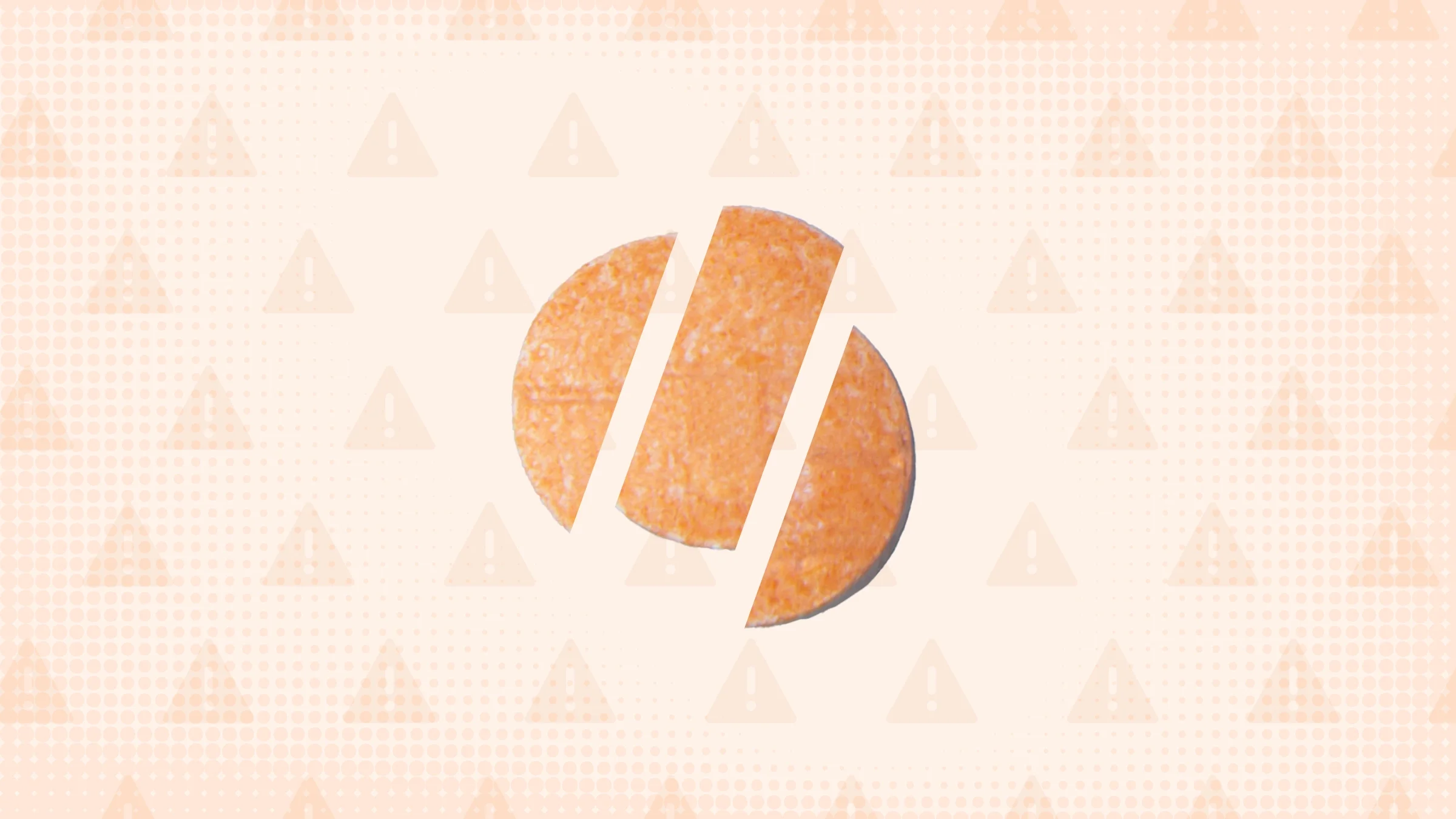Key takeaways:
Hydralazine is an older blood pressure medication that’s known for causing side effects. Common hydralazine side effects include headache, upset stomach, and diarrhea. These often improve as your body adjusts to hydralazine.
Hydralazine can also cause dizziness, a fast heart rate, and mood changes in some people.
More serious hydralazine side effects include numbness in the fingers and toes, chest pain, and drug-induced lupus. Contact your prescriber about any hydralazine side effects that don’t improve or worsen over time.
Save on related medications
Hydralazine is an older blood pressure medication. It works by dilating (expanding) your blood vessels (vasodilation). Hydralazine isn’t a first-choice medication on its own for high blood pressure. It’s typically only prescribed when other blood pressure medications aren’t effective. One reason for this is that hydralazine is more likely to cause side effects than other options. Here’s what you should know about hydralazine side effects.
Hydralazine side effects at a glance
Below is a list of common and rare hydralazine side effects. You may have other side effects not on this list. Don’t hesitate to reach out to your healthcare team with any concerns about side effects you experience while taking hydralazine.
Common or mild hydralazine side effects include:
Headache
Decreased appetite
Nausea and vomiting
Diarrhea
Dizziness
Heart palpitations or fast heart rate
More serious hydralazine side effects include:
Numbness or tingling in the hands or feet
Chest pain
Drug-induced lupus
Mood changes
Severe skin rash
Low blood cell counts
Liver problems
Let’s take a closer look at nine hydralazine side effects and what to do if they occur.
1. Headache
Headache is a common hydralazine side effect. Getting enough sleep, staying hydrated, and limiting caffeine intake may all help with a headache.
Over-the-counter (OTC) pain relievers are also an option for treating headaches. Acetaminophen (Tylenol) is generally OK for most people. But talk to your healthcare team before taking nonsteroidal anti-inflammatory drugs (NSAIDs) such as ibuprofen (Motrin) or naproxen (Aleve). They may not be the best option for those living with a heart-related condition.
2. Upset stomach
You may notice stomach-related issues while taking hydralazine. This includes nausea and vomiting as well as a decreased appetite.
These side effects often improve as your body adjusts to hydralazine. In the meantime, taking it with food can help prevent an upset stomach. But consistency is key with hydralazine. If you decide to take it with food, then you should take each dose with food.
Other ways to relieve nausea include eating smaller but more frequent meals, avoiding spicy or greasy foods, and staying hydrated. Sticking to simple foods, such as toast, smoothies, and yogurt may be easier when you don’t have an appetite.
If stomach issues become bothersome or cause significant weight loss, talk to your prescriber. They may recommend an appetite stimulant. Or they may decide to prescribe a different blood pressure medication.
Outdated blood pressure medications: Hydralazine is an older blood pressure medication that’s not typically a first-choice option. Here’s why.
Hydralazine dosages: Review the recommended hydralazine dosages to help ensure you’re taking it the right way.
Don’t lose sleep over it: Lack of sleep could be raising your blood pressure. Small adjustments to your sleep routine may offer more health benefits than you realize.
3. Diarrhea
Diarrhea is also a possible hydralazine side effect. As with stomach issues, it often gets better on its own over time.
In the meantime, drink plenty of fluids to prevent dehydration. You can also try an OTC treatment such as loperamide (Imodium A-D) or bismuth subsalicylate (Pepto-Bismol). But you shouldn’t take these medications long term. So let your prescriber know if diarrhea doesn’t improve or worsens. They may need to lower your hydralazine dosage or switch you to a different blood pressure medication.
4. Dizziness
Hydralazine can also cause dizziness. This is more common when first starting hydralazine or after a dose increase. It can also happen if you sit or stand up too quickly while taking hydralazine (orthostatic hypotension).
If you’re feeling dizzy, sit down and wait for the feeling to pass to prevent falls. It can also help to move slowly when sitting up or standing.
Dizziness may improve on its own as your body adjusts to hydralazine. But talk to your prescriber if it persists or worsens. This could be a sign that hydralazine is lowering your blood pressure too much (hypotension).
5. Fast heart rate
Hydralazine can activate your body’s fight or flight response. This can lead to a fast heart rate. Some people also experience heart palpitations.
A fast heart rate or palpitations may feel alarming, but they aren’t necessarily a cause for concern. Still, it’s best to let your prescriber know if they occur. In most cases, these side effects improve as your body adjusts to hydralazine. But if they don’t, your prescriber may add another medication, such as a beta blocker or diuretic, to help.
Seek emergency care if you experience a fast heart rate or palpitations along with chest pain or trouble breathing. This could be a sign of a heart attack or other serious heart problems.
6. Mood changes
Some people experience mood changes, such as depression or anxiety, while taking hydralazine. In rare cases, it may also cause severe mental changes, such as hallucinations (seeing or hearing things that aren’t there).
If you notice a change in your mood or behavior while taking hydralazine, talk to your prescriber. They can determine the best course of action based on your personal history.
7. Numbness or tingling in your hands or feet
In rare cases, hydralazine may cause numbness, tingling, or burning in your hands or feet (neuritis). This side effect can lead to trouble walking or performing fine motor skills, such as buttoning a shirt. Experts believe nerve-related side effects are due to hydralazine lowering vitamin B6 levels (pyridoxine) in the body.
Contact your prescriber if you develop these symptoms. They may recommend taking a pyridoxine (Vitamin B6) supplement to help. If it doesn’t improve, they may suggest a different blood pressure treatment.
8. Chest pain
Chest pain (angina) is another possible hydralazine side effect. For this reason, it’s often prescribed along with a medication that helps manage chest pain, such as isosorbide dinitrate (Isordil).
Hydralazine’s stress on your heart can also increase the risk of heart attack. So it isn’t recommended if you’ve had a heart attack in the past or are living with coronary artery disease.
Chest pain isn’t always the same thing as a heart attack. But it can be hard to tell them apart. Seek emergency care if you experience chest pain that’s worse with activity, travels to your neck, jaw or arms, or you’re having trouble breathing.
9. Drug-induced lupus
Hydralazine can cause drug-induced lupus, but this is rare. This typically happens after taking hydralazine for more than 6 months, but it can appear at any time during treatment.
Lupus is an autoimmune condition that causes symptoms such as:
Joint or muscle pain
Fever
Weight loss
Your prescriber may perform blood tests while you’re taking hydralazine to keep an eye out for this side effect. But contact them right away if you develop any of these symptoms. You’ll typically need to stop taking hydralazine if you develop drug-induced lupus.
The bottom line
Hydralazine is an older blood pressure medication that’s known for causing side effects. Common hydralazine side effects include headache, upset stomach, and diarrhea. Dizziness, a fast heart rate, and mood changes are also possible. More serious hydralazine side effects include numbness in the fingers and toes, chest pain, and drug-induced lupus.
In many cases, hydralazine side effects improve as your body adjusts to the medication. But contact your prescriber about any hydralazine side effects that don’t improve or become worse.

Why trust our experts?



References
Abosamak, N. R., et al. (2023). Vitamin B6 (pyridoxine). StatPearls.
Herman, L. L., et al. (2023). Hydralazine. StatPearls.
Huffman, J. C., et al. (2007). Neuropsychiatric consequences of cardiovascular medications. Dialogues in Clinical Neuroscience.
McComb, M. N., et al. (2015). Direct vasodilators and sympatholytic agents. Journal of Cardiovascular Pharmacology and Therapeutics.
RemedyRepack. (2025). Hydralazine hydrochloride tablet [package insert].
ScienceDirect. (n.d.). Hydralazine.
Shams, P., et al. (2025). Hypertensive heart disease. StatPearls.
Solhjoo, M., et al. (2023). Drug-induced lupus erythematosus. StatPearls.









